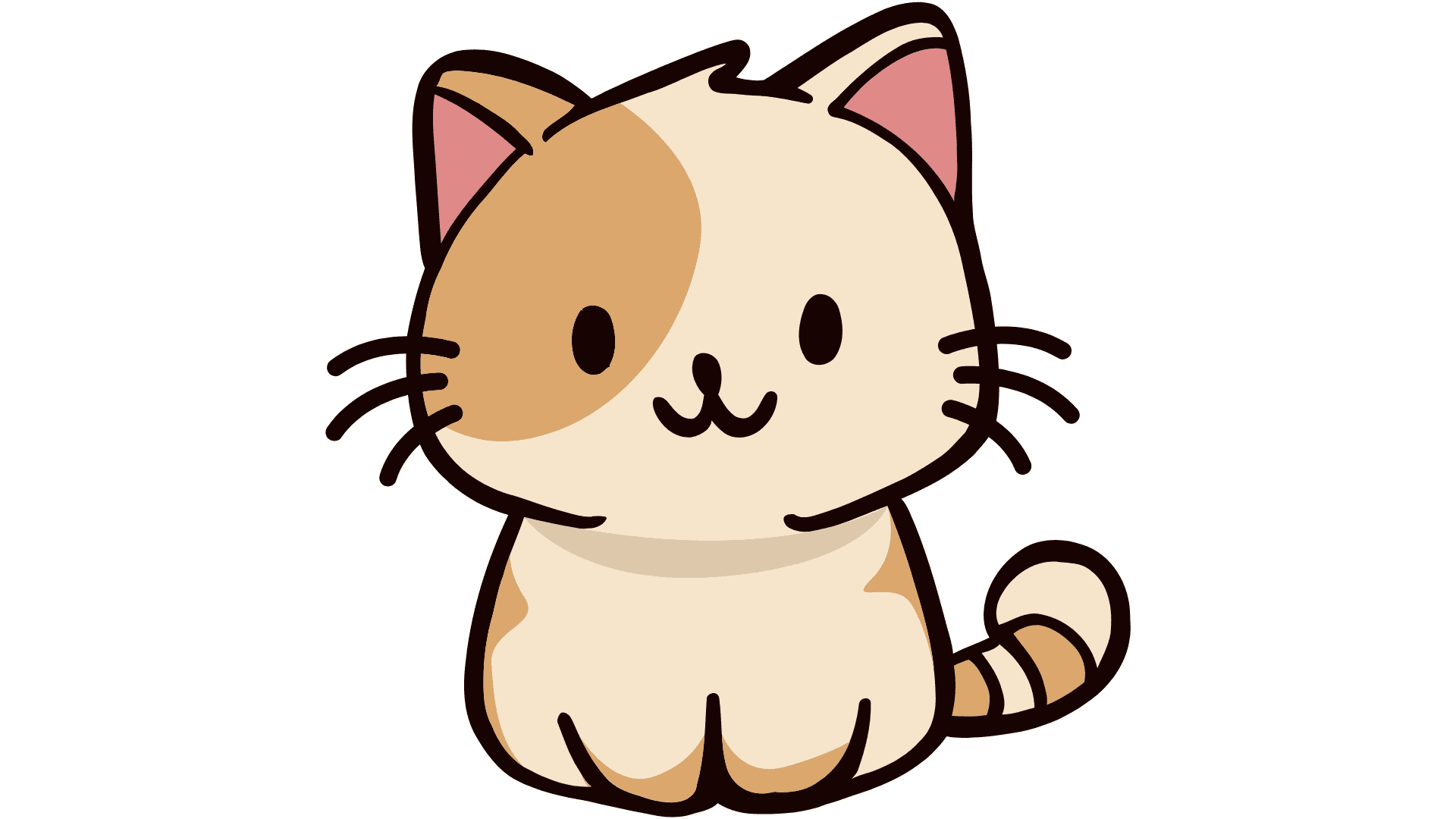One of the first services we offer to our clients struggling with differentiation in a cluttered market is personal branding. Fascinatingly, it’s also the suggestion that gets the most resistance and pushback. And we understand; “personal” anything out on the wild internet is a terrifying brush with vulnerability. We’ve all seen people turned into mulch out on the information superhighway, and no one in their right mind would want that, right?
Personal branding is the intentional, strategic practice of defining and expressing your value.
For the majority of humans out there, your value is your humanity. It’s your engagement. It’s who you are as a person, and how relatable you are to the average person who might want to work with you. Although we like to think of ourselves as advanced, urbane, and cosmopolitan, we really haven’t changed much in the last few thousand years. Our relationship with Maslow’s Hierarchy is almost exactly where it’s always been, other than the recent insertion of “internet connection” somewhere between levels two and three.
Really, though, it’s about trust.
Humans want to interact with other humans, because that’s how we’ve learned over millennia to trust. We meet, we take each other’s measure, and we figure out what level of trust is appropriate. Most of how we’ve done that in the past involves physical presence – grabbing a drink after a day in the office is done in the physical world, but most business happens in the digital world, so we’ve had to pivot to establishing trust in other ways.
Anyone can say they’re ethical, they have positions on events and situations, they’re trustworthy. But there’s often nothing that backs that up. A personal brand establishes that the things you say about yourself, and the things that people say about you, are consistent over time, and across platforms. It’s not just a PR campaign; it’s how you genuinely are in the world, it’s what moral compass you use to make decisions, and it’s how people can expect a business you’re affiliated with to operate in the world.
OK, but actually business value too.
A client of ours has invested strongly in his personal brand; he’s allowed himself to be vulnerable in public, as a gesture towards the vulnerability his clients have to show to get the most out of his services. And several times, potential clients have seen his posts on LinkedIn, and then gone to his website to see if those same values are reflected there. And because those things line up, our client has landed two major contracts. The personal brand opened the door, the corporate brand supported that ethical framework, and an affinity was built.
Personal branding is a great way to bring a customer to your brand because it helps you attract people who show up in the world the same way you do. Simply put, showing up in the business world as a human with opinions can increase your sales.
Physical and virtual
For basic business engagement, we want to interact with the people providing the goods and services we require. We want to be able to look them in the eye, shake their (virtual) hands, and establish a rapport. But there’s no question that this calculus has changed along the way, and along the pandemic, with a shift from business being done in rooms, to business being done virtually. We’re forced to move away from the tools we’ve always used to judge each other, to different modes of establishing relationships. And those modes are our personal branding.
So how do we do this?
One thing
If you do a search on “Personal Brand” you get hit with link after link of “The Ten Steps…”, “The Seven Principles…”, “The Six Geese A-Laying…”
OK, maybe not that last one.
Honestly, though, all of those steps and principles (and geese) all come down to one thing: be yourself.
It really doesn’t have to be overcomplicated. Show up to the blog/video/post/conference, as your best self. Lead with your integrity. And communicate what matters to you. Let us know things you love (Sports! Books! Music! Theater!), let us know things that are on your mind (Meteors! Taxes! Solar eclipses! Climate change!), let us know a little bit about your life (Kids! Pets! Lawn mowing! Commuting! Napping!). Let us know what you stand for, what you’re building, what you’re demolishing, what you’re preserving.
And then let us know how we can work together.



